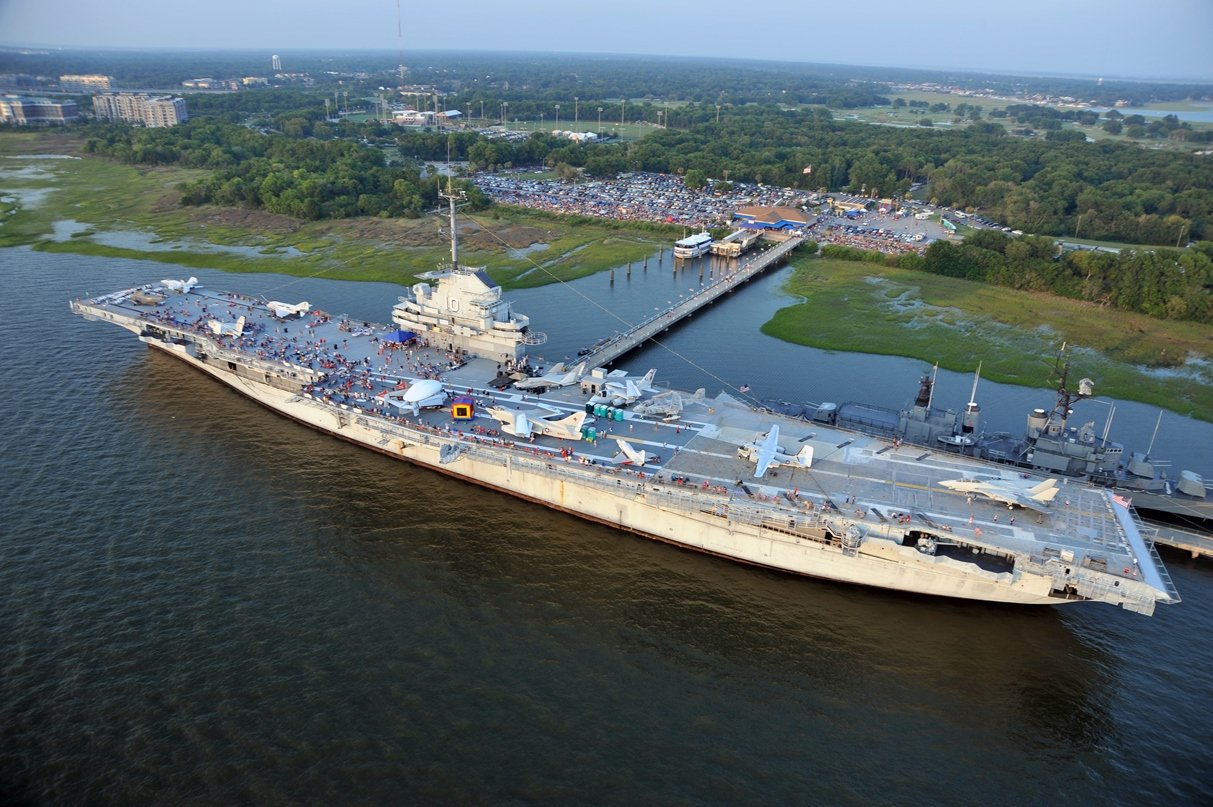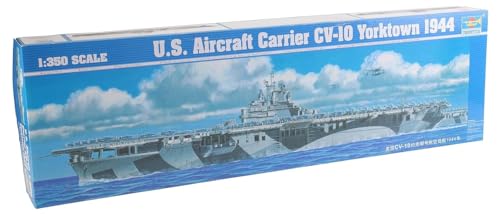Historical Significance of the USS Yorktown
The USS Yorktown (CV-10), a pivotal aircraft carrier in the United States Navy, was commissioned on April 15, 1943. Its commissioning marked a significant evolution in the naval warfare landscape, reflecting the United States’ strategic shift from traditional battleship-based fleets to aircraft carrier-centric naval power. The USS Yorktown played a crucial role during World War II, participating in key operations in the Pacific Theater, including the pivotal Battle of Midway in 1942, which established it as a symbol of resilience and courage. The carrier’s ability to project air power far from the shore transformed naval tactics and strategies, enabling the United States to dominate maritime engagements during the war.
Throughout its service, the USS Yorktown exemplified advancements in maritime technology, showcasing innovations such as improved flight deck capabilities and enhanced aircraft launch systems. These developments not only increased the operational efficiency of the carrier but also paved the way for future naval vessels. The USS Yorktown’s design and operational successes were instrumental in shaping American naval strategy in the years following World War II, influencing the construction and deployment of subsequent generations of aircraft carriers.
Beyond its military significance, the USS Yorktown holds considerable cultural importance. It serves as a monument to the bravery and sacrifice of the sailors who served aboard, representing the collective spirit of the United States Navy. The carrier has become a symbol of American naval prowess and innovation, instilling a sense of pride within both the Navy and the nation as a whole. Today, the Yorktown rests as a museum ship at the Patriots Point Naval & Maritime Museum in South Carolina, where it continues to educate the public on its storied history and the evolution of naval aviation.
Key Wars and Battles Involving the USS Yorktown
The USS Yorktown, an aircraft carrier of the United States Navy, played a vital role during several key conflicts, particularly during World War II. Her first significant engagement was the Battle of Midway, which took place in June 1942. This pivotal battle marked a crucial turning point in the Pacific Theater. The Yorktown’s air group conducted numerous sorties that contributed to sinking four Japanese aircraft carriers, thereby shifting the balance of naval power in favor of the Allies. The strategic significance of the Yorktown in this engagement cannot be overstated, as it showcased the effectiveness of carrier-based air operations.
Following Midway, the USS Yorktown was involved in various other critical missions, including the Battle of the Philippine Sea in June 1944. This battle, sometimes referred to as the “Marianas Turkey Shoot,” was an overwhelming victory for U.S. forces. The Yorktown played a crucial role in this operation by launching air strikes that resulted in the destruction of a substantial number of Japanese aircraft, effectively weakening Japan’s naval aviation capabilities. The successful execution of these missions by the USS Yorktown underlined the importance of aircraft carriers in modern naval warfare.
Additionally, the USS Yorktown participated in the liberation of the Philippines, supporting ground forces through air cover and logistical assistance. Her versatile capabilities allowed the ship to adapt to various operational requirements, playing a decisive role in shaping the outcomes of numerous naval engagements. The legacy of the USS Yorktown lies not only in its impressive battle record but also in its contributions to advancing naval tactics and technology during an era marked by unprecedented conflict.
The Rebuilds: Transforming the USS Yorktown Through the Years
The USS Yorktown, a proud carrier of the United States Navy, stands as a testament to American naval power and innovation. Its journey is marked not only by valiant battles but also by extensive rebuilds that transformed its capabilities. The first major redevelopment of the USS Yorktown occurred after World War II, highlighting the necessity for modernization following years of intense naval combat. These rebuilds were integral to adapting the ship to the evolving demands of warfare and technology.
One of the most significant reconstructions took place in the late 1950s, a time when the introduction of jet aircraft necessitated substantial modifications to aircraft carriers. The transformation included an upgrade to the flight deck, allowing for more efficient launch and recovery of aircraft. This included the addition of an angled flight deck, which improved the safety and effectiveness of operations. Furthermore, enhanced radar and communication systems were installed, ensuring that The USS Yorktown remained competitive in an increasingly complex aerial war environment.
The necessity for these rebuilds was largely driven by the shifting strategies within naval warfare. As new technologies emerged, including guided missiles and more potent aircraft, the USS Yorktown had to evolve rapidly. The upgrades made during these phases not only extended the ship’s operational longevity but also reflected the Navy’s commitment to maintaining a flexible and powerful fleet. Each reconstruction phase allowed the USS Yorktown to incorporate the latest innovations, thereby ensuring that it was prepared to meet modern challenges on the high seas.
Subsequent rebuilds into the late 20th century further underscored this adaptive spirit, as the ship underwent alterations to accommodate a broader array of missions. Technological advancements such as improved propulsion systems and enhanced avionics played pivotal roles in redefining the capabilities of the USS Yorktown. These transformations, driven by a need for resilience, mark the journey of a vessel that has continually adapted to serve its nation solemnly.
The Yorktown Today: A National Historical Landmark
The USS Yorktown, a renowned aircraft carrier commissioned during World War II, now proudly resides at the Patriots Point Naval & Maritime Museum in Charleston, South Carolina. Designated as a National Historical Landmark, it stands not only as a significant artifact of American military history but also as an engaging educational resource for visitors of all ages. The museum focuses on preserving The USS Yorktown to honor the valor and resilience of the service members who served aboard her over the years.
The status of the USS Yorktown as a museum allows the public to experience the ship’s rich history firsthand. Visitors can explore various exhibits that highlight the carrier’s operational history, innovative technology, and the pivotal role it played in numerous conflicts. Through guided tours and interactive displays, guests can gain insights into life aboard the vessel and the sacrifices made by naval personnel. This preservation effort serves as a living tribute to the dedication and bravery of those who defended the nation.
In addition to exploring the ship itself, the Patriots Point Naval & Maritime Museum offers a plethora of opportunities to delve deeper into the legacy of the USS Yorktown. Enthusiasts can find a variety of books, models, and memorabilia available for purchase, allowing them to commemorate their experience and share the carrier’s storied past with others. For instance, consider exploring these books that provide further insights into the ship’s history, or check out model kits to create your own rendition of this iconic vessel.
Through its continued presence and active role in education, the USS Yorktown remains a valuable symbol of American maritime history, and a cornerstone of the Patriots Point Naval & Maritime Museum’s mission.
Disclosure: This post contains Amazon affiliate links. If you make a purchase through these links, I may earn a commission at no extra cost to you.
Patriots Point Naval & Maritime Museum:



